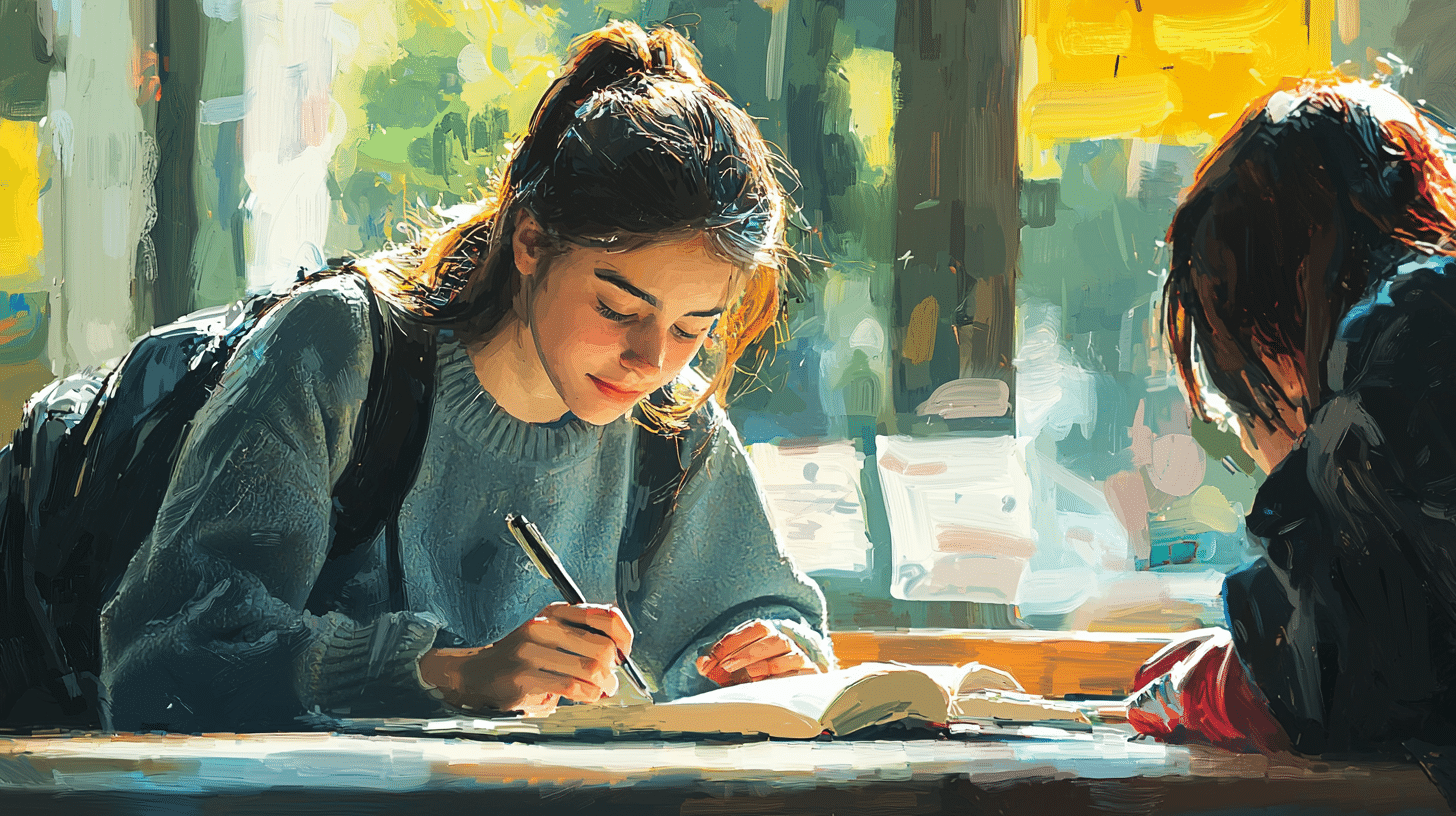India, with its rich tapestry of cultures and traditions, is a land that thrives on its diverse forms of art. From intricate paintings and sculptures to mesmerizing music and dance forms, the cultural richness of India is unparalleled. For language learners, discussing art and culture in Hindi can be an engaging way to deepen their understanding of the language while exploring the country’s artistic heritage. This article aims to provide a comprehensive guide on how to talk about art and culture in Hindi, covering essential vocabulary, key phrases, and cultural insights.
Basic Vocabulary for Art and Culture
Before diving into conversations about art and culture, it’s essential to familiarize yourself with some basic vocabulary. Here are a few key terms:
– कला (Kala) – Art
– संस्कृति (Sanskriti) – Culture
– चित्रकला (Chitrakala) – Painting
– मूर्तिकला (Moortikala) – Sculpture
– संगीत (Sangeet) – Music
– नृत्य (Nritya) – Dance
– साहित्य (Sahitya) – Literature
– रंगमंच (Rangmanch) – Theater
– परंपरा (Parampara) – Tradition
– धरोहर (Dharohar) – Heritage
Types of Art Forms
India is home to a multitude of art forms, each with its unique style and significance. Here are some common types of art forms and their Hindi translations:
– लोक कला (Lok Kala) – Folk Art
– शास्त्रीय कला (Shastriya Kala) – Classical Art
– समकालीन कला (Samkalin Kala) – Contemporary Art
– लघु चित्रकला (Laghu Chitrakala) – Miniature Painting
– टेराकोटा (Terracotta) – Terracotta Art
– भित्ति चित्रकला (Bhitti Chitrakala) – Mural Painting
Discussing Music and Dance
Indian music and dance are integral parts of its cultural identity. Here are some key terms to help you discuss these art forms:
– शास्त्रीय संगीत (Shastriya Sangeet) – Classical Music
– लोक संगीत (Lok Sangeet) – Folk Music
– फिल्मी संगीत (Filmi Sangeet) – Film Music
– राग (Raga) – Raga (melodic framework in Indian classical music)
– तानपुरा (Tanpura) – Tanpura (a string instrument)
– तबला (Tabla) – Tabla (a percussion instrument)
For dance forms:
– भरतनाट्यम (Bharatanatyam) – Bharatanatyam
– कथक (Kathak) – Kathak
– कुचिपुड़ी (Kuchipudi) – Kuchipudi
– ओडिसी (Odissi) – Odissi
– कथकली (Kathakali) – Kathakali
– लोक नृत्य (Lok Nritya) – Folk Dance
Key Phrases for Discussing Art and Culture
When engaging in conversations about art and culture in Hindi, it’s helpful to know some key phrases. Here are a few examples:
– मुझे कला में बहुत रुचि है। (Mujhe kala mein bahut ruchi hai.) – I am very interested in art.
– आपका पसंदीदा कला रूप कौन सा है? (Aapka pasandida kala roop kaun sa hai?) – What is your favorite art form?
– भारतीय संगीत बहुत समृद्ध है। (Bhartiya sangeet bahut samridh hai.) – Indian music is very rich.
– नृत्य की कौन सी शैली आपको पसंद है? (Nritya ki kaun si shaili aapko pasand hai?) – Which style of dance do you like?
– यह चित्रकला बहुत सुंदर है। (Yeh chitrakala bahut sundar hai.) – This painting is very beautiful.
– यह मूर्ति किसने बनाई? (Yeh moorti kisne banayi?) – Who made this sculpture?
– क्या आप इस परंपरा के बारे में कुछ बता सकते हैं? (Kya aap is parampara ke baare mein kuch bata sakte hain?) – Can you tell me something about this tradition?
Understanding Cultural Context
Discussing art and culture in Hindi is not just about knowing the right vocabulary and phrases; it also involves understanding the cultural context. Here are some cultural insights to consider:
The Role of Festivals
India is a land of festivals, and many of these celebrations are deeply intertwined with art and culture. For instance:
– दिवाली (Diwali) – Diwali (Festival of Lights)
– होली (Holi) – Holi (Festival of Colors)
– दुर्गा पूजा (Durga Puja) – Durga Puja
– गणेश चतुर्थी (Ganesh Chaturthi) – Ganesh Chaturthi
During these festivals, various forms of art such as rangoli (रंगोली), traditional dances, and music performances are prominently featured. Understanding these festivals can provide valuable context when discussing art and culture in Hindi.
Regional Variations
India’s cultural landscape is incredibly diverse, with each region having its unique art forms and traditions. For example:
– राजस्थान की मांडना कला (Rajasthan ki Mandana Kala) – Mandana Art of Rajasthan
– पश्चिम बंगाल की पटचित्र कला (Paschim Bengal ki Patachitra Kala) – Patachitra Art of West Bengal
– तमिलनाडु का भरतनाट्यम (Tamil Nadu ka Bharatanatyam) – Bharatanatyam of Tamil Nadu
– पंजाब का भांगड़ा (Punjab ka Bhangra) – Bhangra of Punjab
Recognizing these regional variations can enrich your conversations about art and culture in Hindi.
Tips for Practicing and Improving
To become proficient in discussing art and culture in Hindi, regular practice and exposure are essential. Here are some tips:
Engage with Native Speakers
One of the best ways to improve your language skills is by engaging in conversations with native speakers. You can join language exchange groups, participate in cultural events, or even use language learning apps that connect you with native speakers.
Explore Indian Art and Culture
Immerse yourself in Indian art and culture by visiting museums, attending cultural festivals, and exploring online resources. The more you expose yourself to various art forms, the more comfortable you will become discussing them in Hindi.
Watch Movies and Listen to Music
Indian cinema and music are excellent resources for language learners. Watching Hindi movies with subtitles and listening to Hindi songs can help you pick up new vocabulary and understand cultural nuances.
Read Books and Articles
Reading books and articles about Indian art and culture in Hindi can significantly enhance your vocabulary and comprehension skills. Look for resources that are specifically designed for language learners.
Conclusion
Discussing art and culture in Hindi can be a fascinating and enriching experience. By familiarizing yourself with essential vocabulary, key phrases, and cultural insights, you can confidently engage in conversations about India’s artistic heritage. Remember to practice regularly and immerse yourself in the diverse world of Indian art and culture to continually improve your language skills. Happy learning!

